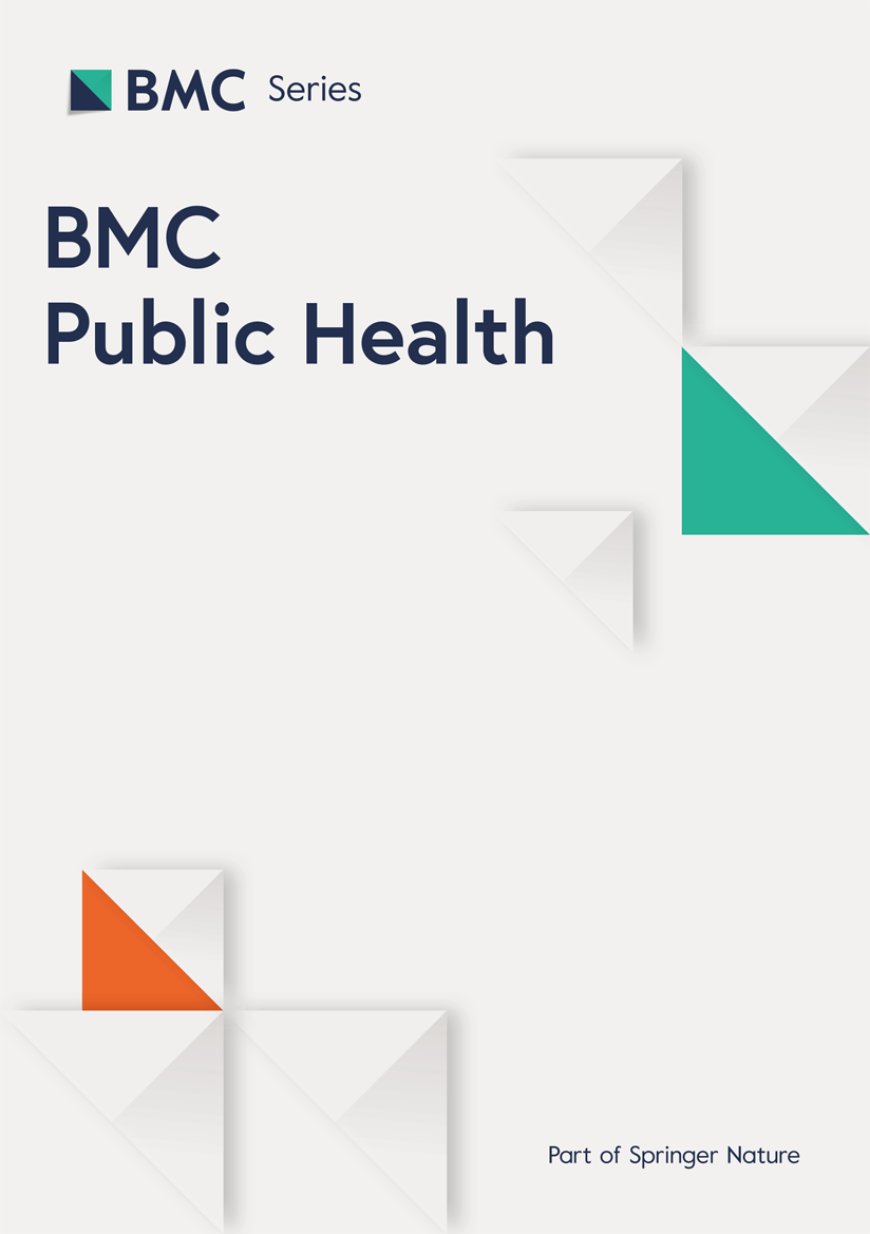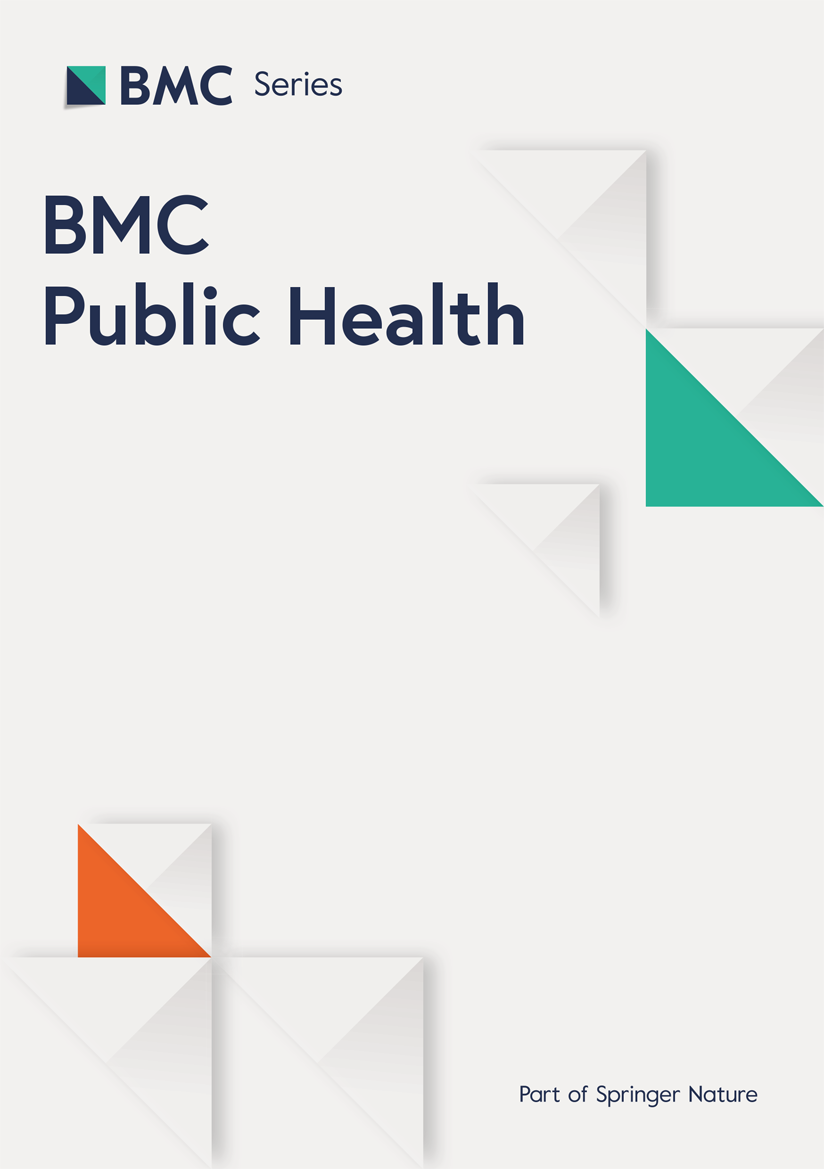Challenges and opportunities for improving access to adolescent and youth sexual and reproductive health services and information in the coastal counties of Kenya: a qualitative study – BMC Public Health
Challenges and opportunities for improving access to adolescent and youth sexual and reproductive health services ... BMC Public Health


Study Sites
Mombasa County
Mombasa County is a largely urban cosmopolitan county, with an estimated population of 1,208,333. The AY population constitutes 29% of the total population in Mombasa, with the main ethnic communities being Mijikenda, Swahili, and Kenyan Arabs.
Kwale County
Kwale County has an estimated population of 866,802. The AY population constitutes 34% of the total population in Kwale, with the main ethnic communities being the Digo and Duruma clans of the larger Mijikenda tribe.
Kilifi County
Kilifi County is largely a rural area on the Kenyan Coast, with a population of 1,453,787. The AY population constitutes 35% of the total population in Kilifi, with the residents mainly being Mijikenda.
Lamu County
Lamu County is located on the Northern Coast of Kenya and has an estimated population of 143,916. The AY population constitutes 32% of the total population in Lamu, and the main economic activities in the county include crop production, livestock production, fisheries, tourism, and mining.
Tana River County
Tana River County has a population of 315,943. The AY population constitutes 34% of the total population in Tana River, and the major ethnic groups are the Somalis, Pokomo, Orma, and Wardey.
Taita–Taveta County
Taita–Taveta County has a population of 340,671. The county covers an area of 17,083.9 km2, with a significant portion occupied by national parks.
Sampling and Recruitment Strategy
A qualitative design was used for this study, and convenience sampling was used to select participants within each group. The study participants were selected after obtaining approval from the heads of the health, education, and gender sectors in the six coastal counties. The participants were mobilized from the villages and schools based on the study inclusion criteria. Those who agreed to participate provided informed consent or assent.
Ethical Considerations
Ethical approval was obtained from the relevant institutions, and administrative approval was obtained from all six coastal counties before data collection. Informed consent was obtained from all respondents, and measures were taken to ensure the anonymity of the participants.
Study Tools and Data Collection
The interview guides used for data collection were based on the available literature on factors influencing access to AYSRH information and services. Data were collected by a research team using audio recorders and short-hand notes. The interviews were conducted face-to-face, and the data were transcribed and translated into English.
Data Management and Analysis
The audio recordings were transcribed verbatim and translated into English. Thematic analysis was performed using NVivo Version 12 software. The data were organized into themes of challenges, barriers, and opportunities for AYSRH. The themes were examined in relation to the objectives of the study.
SDGs, Targets, and Indicators
SDGs, Targets, and Indicators
- SDG 3: Good Health and Well-being
- Target 3.7: By 2030, ensure universal access to sexual and reproductive health-care services, including for family planning, information and education, and the integration of reproductive health into national strategies and programs.
- Indicator: Adolescent pregnancy rates
- Indicator: Unmet need for contraception for all women of reproductive age
- Indicator: HIV prevalence rates
- Target 4.7: By 2030, ensure that all learners acquire the knowledge and skills needed to promote sustainable development, including, among others, through education for sustainable development and sustainable lifestyles, human rights, gender equality, promotion of a culture of peace and non-violence, global citizenship, and appreciation of cultural diversity and of culture’s contribution to sustainable development.
- Target 5.6: Ensure universal access to sexual and reproductive health and reproductive rights as agreed in accordance with the Program of Action of the International Conference on Population and Development and the Beijing Platform for Action and the outcome documents of their review conferences.
- Target 10.2: By 2030, empower and promote the social, economic, and political inclusion of all, irrespective of age, sex, disability, race, ethnicity, origin, religion, or economic or other status.
- Target 16.7: Ensure responsive, inclusive, participatory, and representative decision-making at all levels.
Behold! This splendid article springs forth from the wellspring of knowledge, shaped by a wondrous proprietary AI technology that delved into a vast ocean of data, illuminating the path towards the Sustainable Development Goals. Remember that all rights are reserved by SDG Investors LLC, empowering us to champion progress together.
Source: bmcpublichealth.biomedcentral.com

Join us, as fellow seekers of change, on a transformative journey at https://sdgtalks.ai/welcome, where you can become a member and actively contribute to shaping a brighter future.







